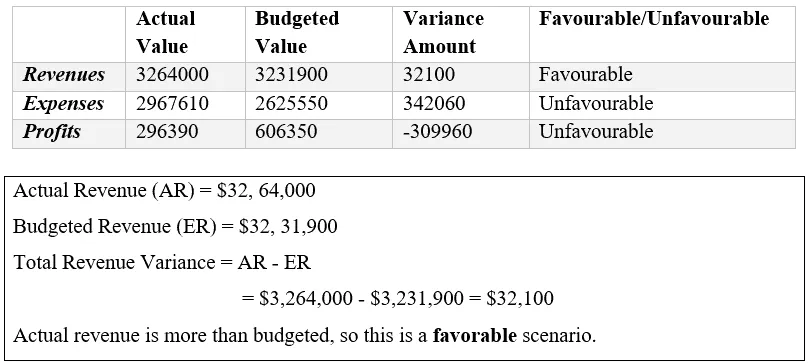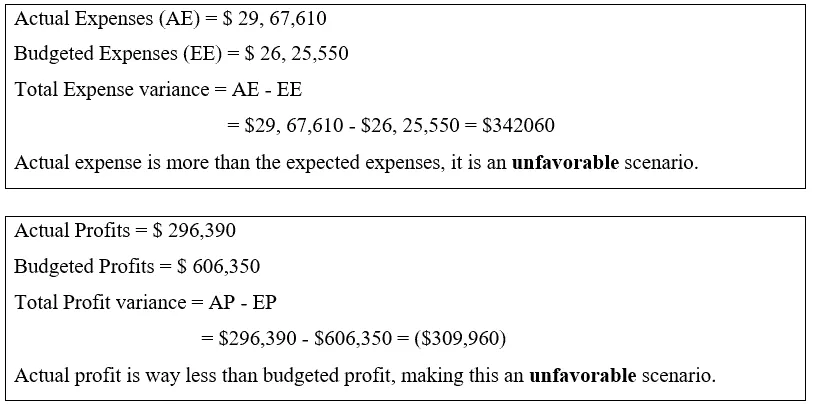Software Associates - Case Solution
Richard Norton, CEO of Software Associates, after going through the profit and loss statement of the last quarter, asked Susan Jenkins, CFO of the company, to explain the deviation why their profit had taken a hit despite exceeding billed hours and revenue estimates.
Case Questions Answered
- Prepare a variance analysis report based on the information in Exhibit 1. Would this be sufficient to explain the profit shortfall to the Software Associates CEO at the 8 AM meeting?
- Prepare a variance analysis report based on the information in Exhibit 2.
- Prepare a spending and volume variance analysis of operating expenses based on the additional information supplied in Exhibit 3.
- Prepare an analysis of the revenue change, separating the volume effect (increase in the number of consultants) from the productivity effect (billing percentage).
- Prepare an analysis of actual versus budgeted revenues, consultant expenses, and margins using the additional information supplied in Exhibit 5.
This case solution includes an Excel file with calculations that will be available after purchase.
This case solution includes an Excel file with calculations.
From: Richard Norton, CEO of Software Associates
To: Susan Jenkins, CFO of Software Associates
Primary question posed by Richard Norton to Susan Jenkins
Richard Norton, CEO of Software Associates, went through the profit and loss statement for the last quarter. He was glad that they had exceeded billed hours and revenue estimates.
However, their profit had taken a hit. It was half of what they had expected (budgeted). He wanted Susan to explain this deviation.
Software Associates
Software Associates performed system integration projects for clients. Their annual revenues exceeded USD 12 million, and the profit margin was between 15% and 20%. They provided two services,
- Contract
- Solution
The budget
The budget for three months usually consists of 3 main components – consultant revenues, consultant expenses, and operating expenses.
Consulting revenues = number of consultants x number of hours available per consultant x Expected billing percentage x the average hourly billing rate
where expected billing percentage = hours billed/total hours available
Expenses
Operating expenses have both variable and fixed components. Variable components depend on the number of consultants. Occupancy expenses were fixed. Computing and telecommunication had both fixed and variable components.
Revenue problem
The actual number of consultants was nearly 8% higher than budgeted consultants. But revenues had increased by only 1%. Susan set out to find the reason behind this.
Lines of business
The two lines of business had quite different operating characteristics. So, Susan decided to separately account for these two businesses and tabulated the data.
She also wanted to do some additional analysis to find out whether actually Software Associates is increasing or decreasing its share of the consulting business.
Assignment Question 1
Prepare a variance analysis report based on the information in Exhibit 1. Would this be sufficient to explain the profit shortfall to Norton at the 8 AM meeting?


Analysis:
With the data that has been given in Exhibit 1, we do not have the actual split-up of expenses nor further details about how the two divisions have spent and earned their money. So, the given data alone is not sufficient to find the area of issue.
From the data in Exhibit 1, we can tell that there is an increase in the expense of Software Associates, but we cannot explain why the expense has increased. This gives us a…
Complete Case Solution
Get immediate access to the full, detailed analysis
- Comprehensive answers to all case questions
- Detailed analysis with supporting evidence
- Instant digital delivery (PDF format)
Secure payment • Instant access
By clicking, you agree to our Terms of Use, Arbitration and Class Action Waiver Agreement and Privacy Policy